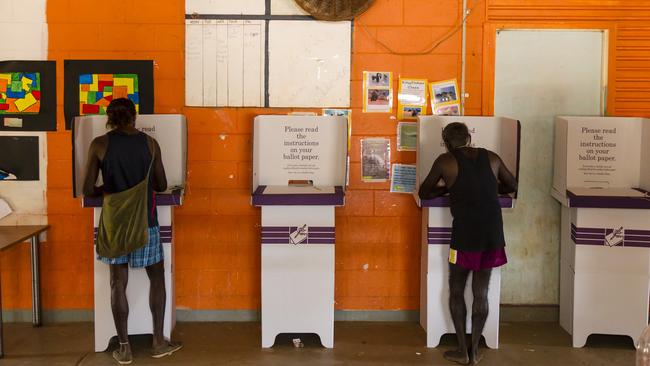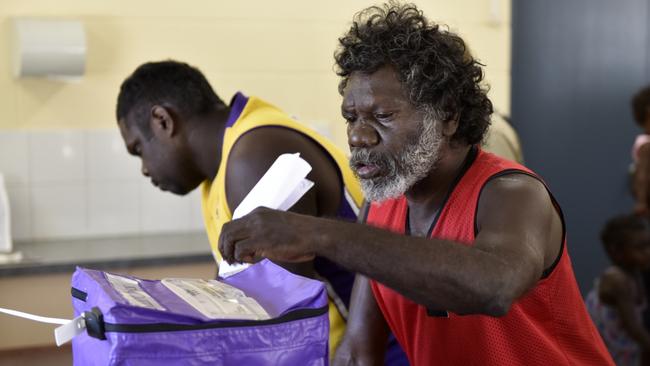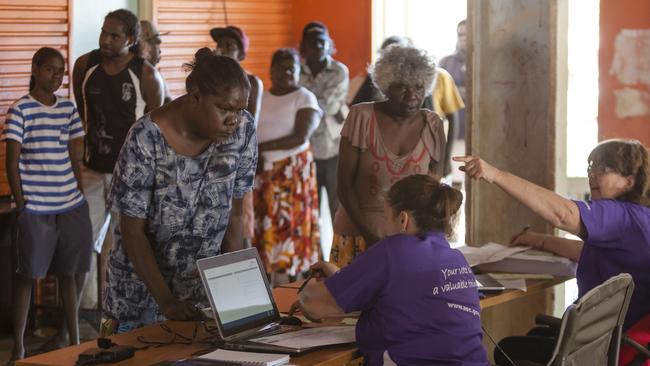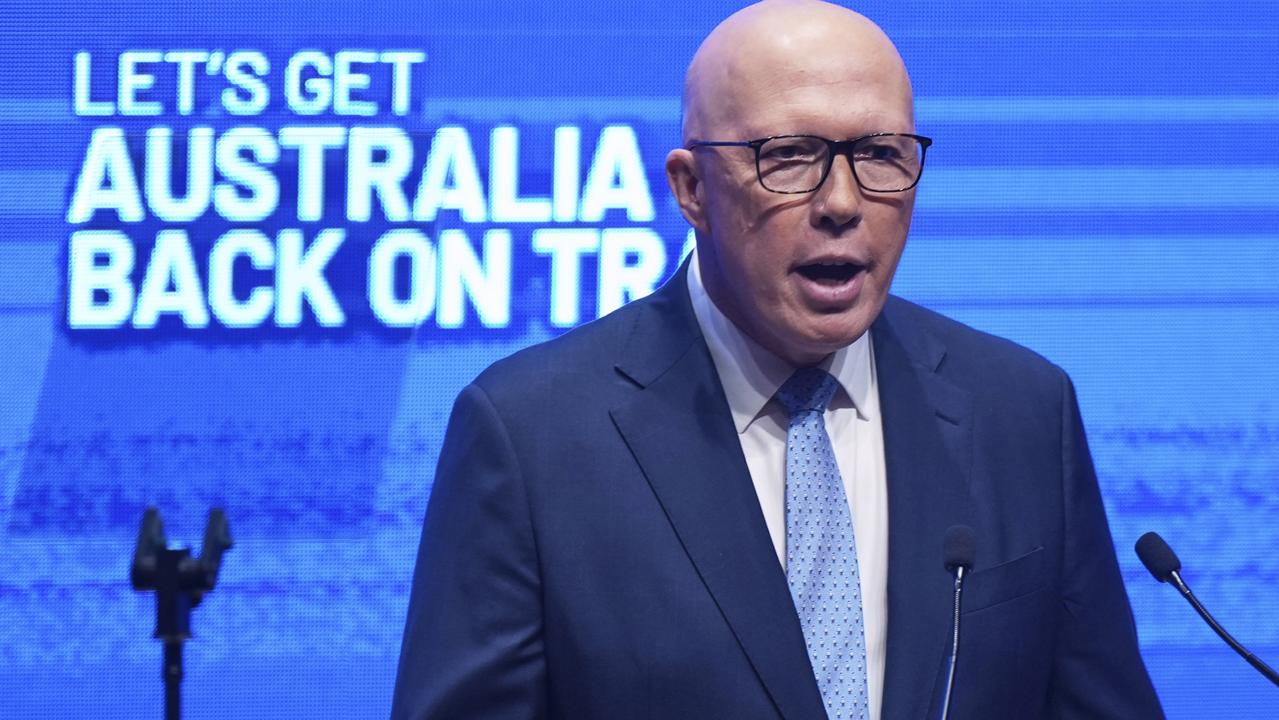Clare Armstrong: Poll shows Indigenous voices want to be heard
The takeaway from the referendum cannot be any clearer - Indigenous Australians want to be heard, writes Clare Armstrong

Opinion
Don't miss out on the headlines from Opinion. Followed categories will be added to My News.
As Indigenous Australians mourn the loss of a potential reform an overwhelming majority believed would help their community, politicians must come to the table ready to hear alternate solutions.
Results from remote polling booths have made it abundantly clear support for a Voice to Parliament in the constitution was indeed high among Aboriginal and Torres Strait Islander people.
Critics will nitpick over the fact few communities reached the 80 per cent support claimed by the Yes side.
But given the two polls relied upon for that figure were taken in January and March this year, the enduring strength of Indigenous support amid what was a confusing campaign was remarkable.
From Palm Island and Hope Vale to Fitzroy Crossing and Yarrabah, Indigenous support for the Voice polled above 70 per cent.

The takeaway from Saturday’s result cannot be clearer. Indigenous Australians want to be heard.
What also can’t be ignored is the fact a large majority of Australians did not believe an enshrined advisory body in the constitution was the right form of listening.
It is therefore incumbent on every Australian who voted against the Voice — and in particular those politicians — to follow their belief that there are better ways to close the Indigenous disadvantage gap with deeds. Already the Coalition has seized on a call for a review of expenditure in Indigenous Affairs to ensure money is going where it needs.
An audit of potentially wasted taxpayer dollars is potentially fertile political ground for an Opposition.
Should Labor undertake such a process, the Coalition would do well to not forget that much of the money currently being spent on specific Indigenous programs — about $6 billion — is a continuation of policies and programs they established when in government.
The economic arguments for Closing the Gap are compelling. No one likes wasted taxpayer dollars in any department.
But they should not be the primary driver for a continued focus on addressing Indigenous disadvantage.
Aboriginal and Torres Strait Islander people deserve to have the same life expectancy, housing, education, employment and health opportunities as their fellow Australians simply because of that fact.
They are Australians.
Prior to this referendum, the Yes case had research showing up to 60 per cent of Australians were not aware of the gap between Indigenous and non-Indigenous people.
That number has dramatically decreased over the course of the campaign and with that knowledge should come pressure on Canberra, as well as state and territory governments, to do more.

Falling blind, deaf or suffering a heart failure due to disease all-but eliminated from Australian society, are daily risks for remote Indigenous children who lack the healthcare and living conditions others take for granted.
An Indigenous child 3.5 times more likely to experience hearing loss due to a middle ear infection, while one in 30 primary-school aged children contract the blindness-causing trachoma.
Indigenous children in out-of-home care, behind at school, adults in prison and suicide rates are worse today than when governments renewed efforts to Close the Gap.
Of the 17 targets set to reduce Indigenous disadvantage the majority are not on track, only four are currently deemed achievable and four have gone backwards.
Governments are aiming to close the gap in life expectancy by 2031 but an Indigenous man today will live on average nine fewer years, while a woman will live eight years less, than their fellow Australians.
As the targets spiralled, the Closing the Gap initiative was reformed with a new National Agreement in 2020 designed to ensure governments better partnered with Indigenous communities.
Both sides of the referendum debate say listening to grassroots voices is the key to better results.
The Yes case argued a permanent advisory body was the best model to hear those opinions but the nation disagreed.
No campaigners now say existing bureaucracies and structures can be improved to ensure remote and regional Indigenous communities are consulted and heard on matters that affect them.
At so many points during the referendum debate, both sides were using the same damning statistics and lived experiences to make opposite arguments.
Though the referendum has now passed, the disadvantage remains.
Whatever solution governments and Indigenous communities now come up with, political point scoring must be avoided in the interests of achieving outcomes.





